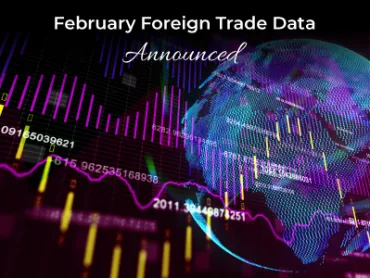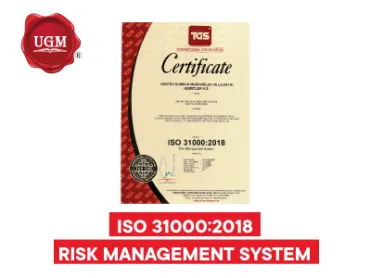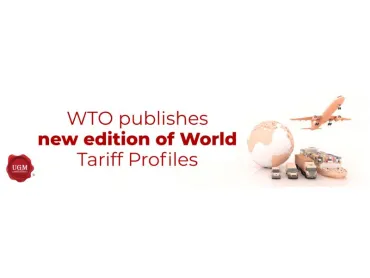Although emerging markets have shown resilience against global currency fluctuations, more challenging times may be ahead.
Global interest rates, especially long-term government bond yields, have been volatile recently. The yield on 10-year US Treasury bonds has been upward since October when it fell from a 16-year high of 5 percent. However, interest rate movements in other advanced economies have also been extraordinary, while emerging markets and economies have seen much more moderate interest rate movements.
The IMF's latest Global Financial Stability Report takes a longer-term view on this issue, noting that the average sensitivity of 10-year government bond yields of emerging markets in Latin America and Asia to US interest rates has declined by two-thirds and two-fifths, respectively, over the current monetary policy tightening cycle, compared with a declining rate in 2013.
Although the low sensitivity is partly due to the divergence in monetary policy between the central banks of advanced economies and emerging markets over the past two years, it nevertheless challenges the evidence in the economic literature of significant spillovers from interest rates in advanced economies to emerging markets. Large emerging markets, particularly in Asia, have been more insulated from global interest rate volatility than expected based on experience.
There were other signs of resilience in major emerging markets during this period of volatility. Exchange rates, equity prices, and sovereign interest rate differentials have fluctuated moderately. Even more remarkably, foreign investors have not abandoned bond markets, unlike in past episodes of large outflows following global interest rate volatility spikes, including as recently as 2022.
But this resilience is not only due to good luck. Many emerging markets have spent years reducing external pressures and improving their policy frameworks. They have built up additional foreign exchange reserves over the past two decades. Many countries have also enhanced their exchange rate arrangements and moved towards exchange rate flexibility. In many cases, significant currency fluctuations have contributed to macroeconomic stability. The structure of public debt has also become more resilient, and both domestic savers and domestic investors have become more confident in investing in local currency assets, reducing dependence on foreign capital.
While higher financing costs reflect the risks associated with emerging market assets, their dollar returns have lagged behind those of comparable advanced economy assets in this high-interest rate environment. For example, emerging market bonds held by high-yield or lower-rated exporters have returned about zero percent on the net over the past four years, while US high-yield bonds have returned 10 percent. So-called particular loans extended by non-banks to lower-rated US companies have returned even more. Of course, significant differences in returns may not bode well for the external financing prospects of emerging markets, as foreign investors with authorization to invest across these asset classes may find more profitable alternative assets in advanced economies.
Graphic 2
While these challenges for emerging markets and frontier economies require close attention from policymakers, they also offer many opportunities. Emerging markets enjoy significant growth rates relative to advanced economies, while capital flows into equity and bond markets remain strong. Policy frameworks are also improving in many countries. Hence, the resilience of large emerging markets, which has been important for global investors since the pandemic, may continue.




 Back
Back









